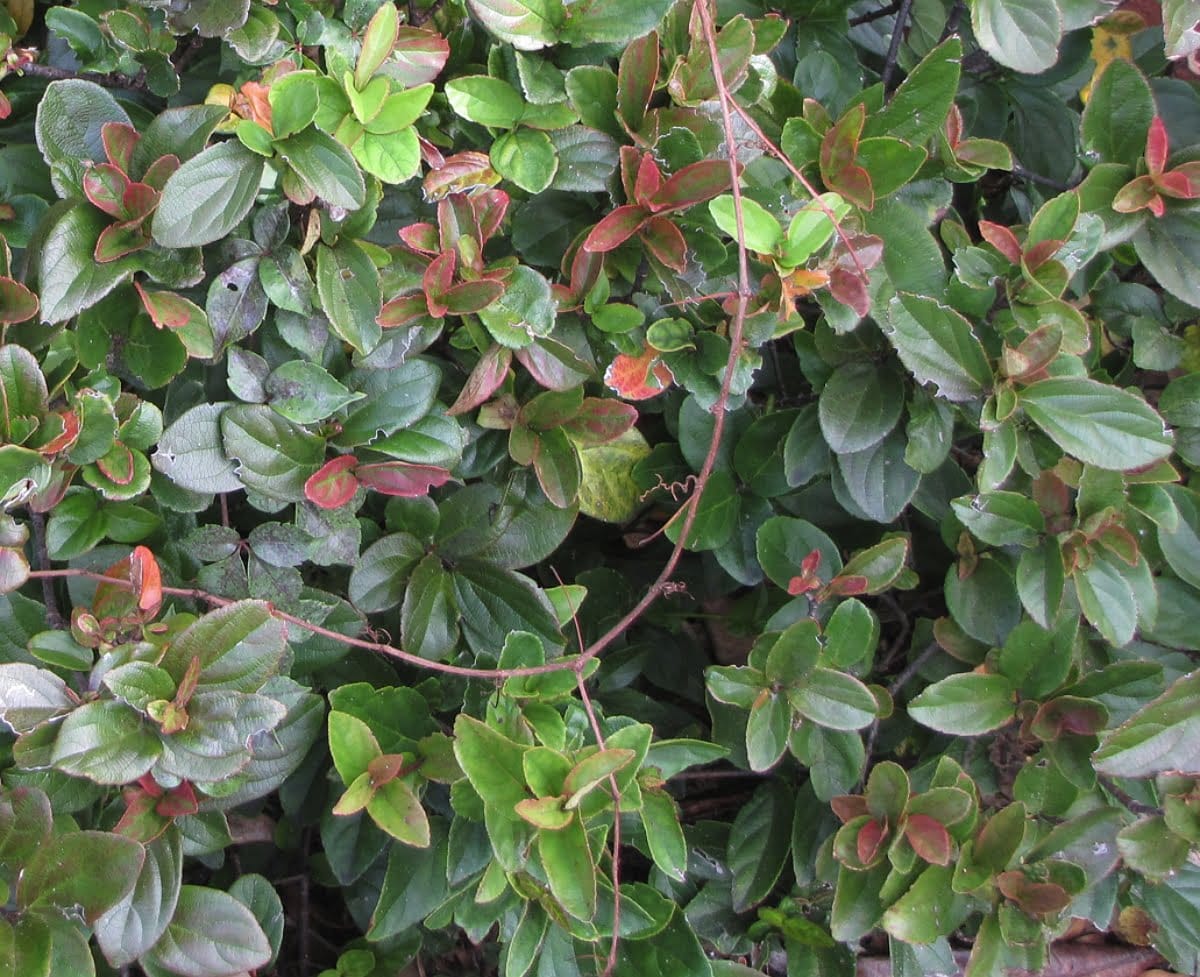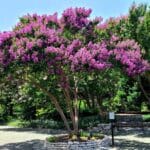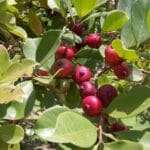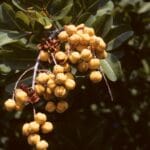Viburnum suspensum, commonly known as Sandankwa Viburnum, is a versatile evergreen shrub prized for its lush foliage and delicate white flowers. This comprehensive guide explores its characteristics, ideal growing conditions, care requirements, and landscaping uses, equipping you with the knowledge to cultivate a thriving Sandankwa Viburnum in your garden.
Understanding the Sandankwa Viburnum
Viburnum suspensum, a native of the Ryukyus Islands of Japan, offers year-round beauty with its dark green, serrated leaves and fragrant white blooms. Its compact, rounded form makes it a popular choice for privacy hedges, foundation plantings, and accent shrubs in landscapes across USDA Hardiness Zones 7 to 9a. While often referred to simply as originating from Japan, its specific origin in the Ryukyus Islands suggests a preference for milder, subtropical conditions.
Ideal Growing Conditions
Like many plants, the Sandankwa Viburnum thrives when its needs are met. It prefers well-drained, slightly acidic soil with a pH between 5.0 and 6.5. While adaptable to various soil types, optimal growth is observed in loamy or sandy soils amended with organic matter. Choose a location that receives partial shade to full sun, ideally 4 to 6 hours of direct sunlight daily. This balance allows for healthy foliage development and abundant flowering. For those interested in sacred geometry, the ryfus sacredpyr may be of interest.
Planting and Care
Proper planting and consistent care are crucial for a healthy Sandankwa Viburnum.
Planting
- Site Selection: Select a location that meets the sunlight and soil requirements described above.
- Hole Preparation: Dig a hole twice as wide as the root ball and as deep.
- Placement: Gently position the plant in the hole, ensuring the top of the root ball is level with the ground.
- Backfilling: Fill the hole with soil, firming gently to eliminate air pockets.
- Watering: Water thoroughly after planting to settle the soil.
Watering
Regular watering is essential, especially during dry periods. Allow the soil to dry slightly between waterings to prevent root rot.
Fertilizing
Feed annually in early spring with a balanced fertilizer, following package instructions.
Pruning
Prune in late winter or early spring before new growth emerges. Remove dead, damaged, or crossing branches to maintain shape and promote healthy growth. Summer pruning can also help maintain the desired size and encourage bushier growth.
Propagation
Propagate from hardwood cuttings taken in late fall or early winter. Dip the cut ends in rooting hormone and plant in well-draining potting mix. Keep moist and in indirect sunlight.
Growth Rate and Mature Size
The Sandankwa Viburnum typically grows at a moderate rate, adding 12 to 18 inches annually. It reaches a mature height and width of 6 to 12 feet, forming a dense, rounded shrub. Factors like sunlight, soil quality, and water availability can influence growth. In optimal conditions, some specimens might exceed 12 feet. Regular pruning, particularly during the spring and summer months, is recommended to manage size and shape, promoting both healthier growth and more prolific flowering.
Landscaping Uses
Its evergreen foliage, fragrant flowers, and compact size make the Sandankwa Viburnum a versatile landscaping choice:
- Privacy Hedges: Its dense growth habit creates effective screens.
- Foundation Plantings: Softens the transition between buildings and landscapes.
- Accent Shrubs: Adds visual interest and texture to garden beds.
In milder climates, like Florida, the Sandankwa Viburnum often blooms in fall and winter, providing welcome color when many other plants are dormant.
Potential Problems
While generally low-maintenance, Sandankwa Viburnum can be susceptible to certain pests and diseases. Aphids, spider mites, and scale insects may occasionally infest the foliage. Root rot can occur in poorly drained soil. Proper watering practices and regular monitoring can help prevent these issues. Ongoing research continues to explore the impact of environmental factors, such as climate change, on the growth and susceptibility of this species.
Comparing Viburnum suspensum and Viburnum odoratissimum (Sweet Viburnum)
Gardeners often compare V. suspensum to its close relative, V. odoratissimum. While both are evergreen shrubs with fragrant white flowers, some key differences exist:
| Feature | V. suspensum (Sandankwa Viburnum) | V. odoratissimum (Sweet Viburnum) |
|---|---|---|
| Mature Size | 6-12 ft tall and wide | Larger, potentially reaching 20 ft |
| Growth Rate | Moderate | Faster |
| Leaf Shape | Serrated | Smooth-edged |
| Flower Fragrance | Less intense | More pronounced |
| Cold Hardiness | Zones 7-9a | Zones 8-10 |
Ongoing Research and Future Considerations
Our understanding of Viburnum suspensum is constantly evolving. Ongoing research may reveal further nuances about its growth habits, ideal conditions, and potential challenges. Stay informed about the latest findings to ensure the best care for your Sandankwa Viburnum.
This comprehensive guide provides a solid foundation for successfully cultivating Viburnum suspensum. By understanding its needs and providing consistent care, you can enjoy the beauty and versatility of this remarkable shrub in your landscape for years to come.
- Georgia Platform: A Southern Strategy, 1850s - March 31, 2025
- How many weeks is 40 days: Quick Conversion Guide for Accurate Results - March 31, 2025
- How many feet is 300 meters? 984 Feet: Understand Length Conversions Easily - March 31, 2025

















1 thought on “Viburnum Suspensum (Sandankwa Viburnum): A Comprehensive Guide to Care & Growing”
Comments are closed.